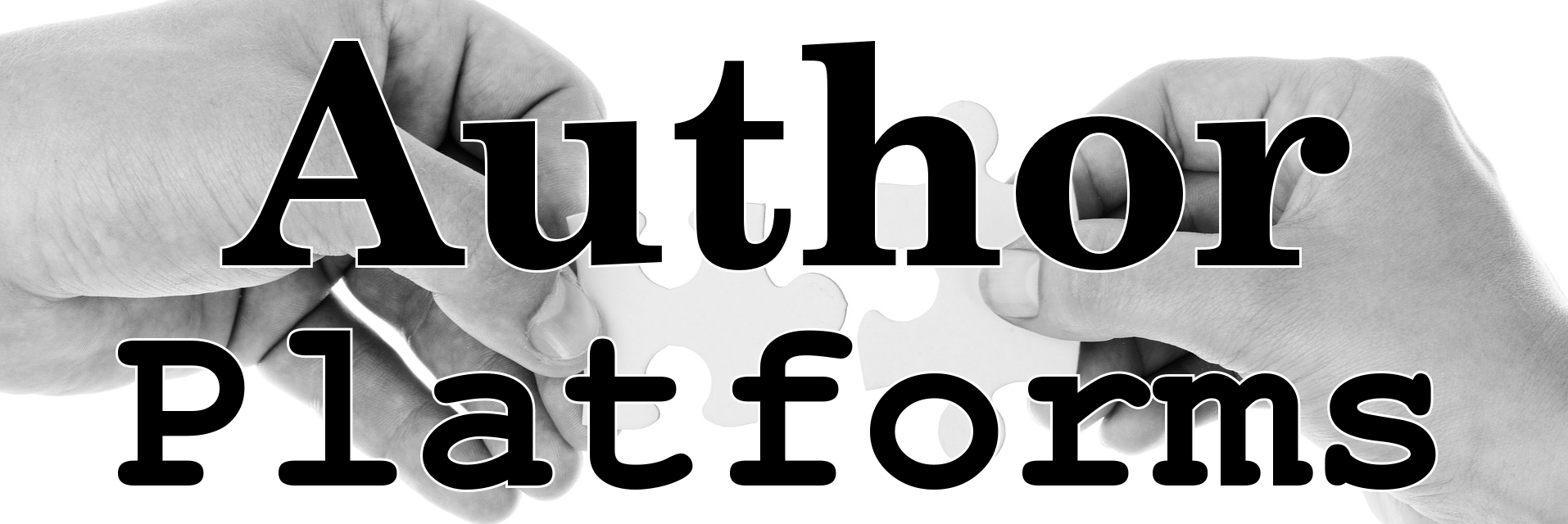

YouTube
Posting videos can be a powerful tool for authors and YouTube is a good place to do just that. YouTube is perfect for building connections with readers.
- Start before you are ready
- You don’t have to be great to start but you have to start to be great
- Learn by doing
- Post according to your interests and passions
- M.I.A. – Massive Imperfect Action
- Don’t be held back by perfectionism
- You will find your best topics as you go along
- After action, evaluate what worked and what didn’t
YouTube Statistics
YouTube is a video-sharing platform owned by Google. According to The London School of Economics and Political Science, each day over a billion hours of video is watched and more than half of all views are on mobile.
It is estimated that there are 35.6 million UK visitors to YouTube each month. From 2015 to 2016, time spent on YouTube grew 40% faster among adults aged 35+ than adults overall.
YouTube is reportedly one of the few social media platforms where age demographics are fairly evenly split. Around 55% of users are male and 45% female.
Combine video and blog
One way to double up on your work would be to publish a blog post at roughly the same time the video goes up. Use a still from the video as the featured image (if your blog system has those), use a similar but not identical title, and add an opening paragraph.
After you have briefly introduced the video, embed the video (or, on systems other than WordPress paste the copy and paste code), and then take the final step.
The final step is to add a summary of the points raised in the video. Some people even recommend putting a full transcript of the video under it. Your mileage may vary so experiment and see what works for you.
Upload frequency
According to most of the advice that I have read, a beginner may be best off aiming for one video posted on the same day and at the same time each week. Speaking as someone who has made and edited videos for the web before, I can tell you that planning, recording, and editing takes way more time than you might imagine. Even longer when you are new to it all.
YouTube topics for authors
When it comes to videos, anything you can think of as a useful or deserving topic for a blog post would also work well as a video presentation.
Specific trumps general
When planning your YouTube channel the more specific and niche your topic, the better. Ideally, you should try to identify something a specific subset of people will be deeply interested in that they maybe cannot get too much of elsewhere. This subset of people should closely match your idealised audience.
You doing things
Public appearances are particularly well suited as video content. Try to get one or more people you trust to get a decent shot and task them with recording video. Do a sound check with them beforehand so you can get an idea of what the sound quality and make adjustment accordingly.
Readings of your work would also work very well. Depending on sound quality and recording equipment available, public readings might work or you may find that a session in a quiet room might make for a better video.
You talking about things
Answers to reader questions would make for a great occasional special and would do wonders for cementing a sense of connection for your readers and fans. This, of course, presupposes that you get a steady stream of questions. A form on your blog where people can ask questions might go a long way towards garnering questions.
News about your writing, for example, publications dates, public appearances, awards, and so forth are all good topics for a quick video.
Talk about your work in progress. Not too often, but just often enough that viewers start to anticipate the time when you finally announce a release date.
You explaining or teach things
Talk about your topic or theme. For non-fiction writers this is easy. Make short videos examining one thing from your chosen subject. For example, if your work is biographical, examine some of the quirks of the time periods covered. Fiction writers cannot do this so easily but there is nothing stopping you from examining the themes that you raise or discussing the lore of your world. That said, not all fans are fans of author’s giving out post-publication lore.
Give advice about writing but so sparingly. Most readers with an interest in writing are keen to hear how their favourite authors do things. Which is why most authors with a web presence have spoken about the craft of writing at least once or twice. I would caution against doing so too often unless you are confident your published writing is truly exemplary as viewers will call you out if you do not practice what you preach.
Have a fallback topic
A fallback topic is something that more or less fits for you that you can easily talk about at any time or any place. There is a reason why posting photographs of your food has become such a cliche. The content you don’t have to think too hard to make is easy to create.
A good fallback is something you keep in reserve for when the well is dry and you need a video right now. Some YouTubers will go through user comments on their past videos. This raises awareness of past videos and turns comments into further content.
Ideally, you should use your fallback no more frequently than once every five videos. The one in five or 20% rule is generally considered the ideal ration for many things. It certainly applies here.
Try not to work alone
Unless video editing is your day job, the chances are you will find that coming up with topics, setting up, filming, editing, and posting is too demanding. This is where a helpful spouse, sibling, or best friend can come in very handy. Having someone you trust to work with can reduce the burden of getting everything done to schedule. It can also stop it eating into your writing time.
